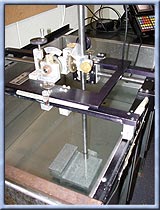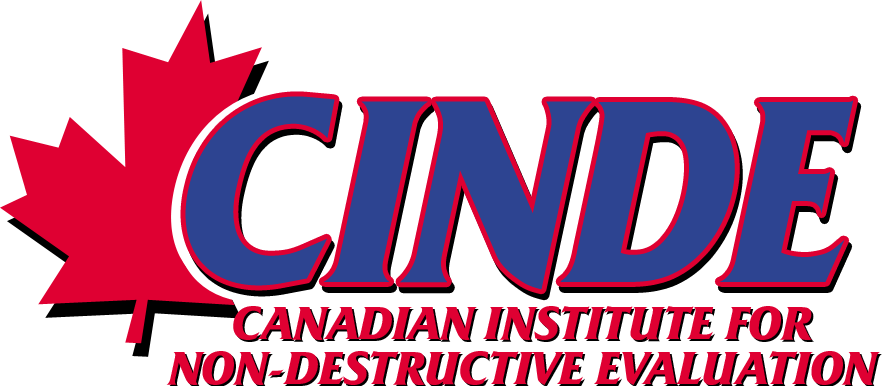PREREQUISITE: Registrants must satisfy all prerequisites that pertain to this training course.
 TRAINING OBJECTIVES: This course provides the in-depth knowledge in the
principles of ultrasonic testing and the fundamentals of engineering, materials and components, such
that the technician will be able to:
TRAINING OBJECTIVES: This course provides the in-depth knowledge in the
principles of ultrasonic testing and the fundamentals of engineering, materials and components, such
that the technician will be able to:
- identify the suitability of ultrasonic testing for all materials and inspection applications;
- develop inspection techniques and prepare procedures that can be followed by a Level 1 technician;
- document results of the analysis;
- be familiar with all regulatory codes and specifications for ultrasonic testing and their intent.
APPLICABLE STANDARDS: This course meets the training syllabus requirements of CAN/CGSB-48.9712, ISO 9712 and SNT-TC-1A.
RESPONSIBILITIES OF LEVEL 2 PERSONNEL (as per CGSB): Level 2 personnel are defined as personnel who perform and/or direct industrial Ultrasonics according to established or recognized procedures and are responsible for the Ultrasonic method or technique used and for the interpretation of the test method.
Click here for a complete list of things to bring to class
Read our Guaranteed to Run policy
| Ultrasonics Level 2 Courses in Hamilton, ON | |
| July 22 - August 2, 2024 Ten Days (48 Lecture Hours; 32 Lab Hours) -Course fee includes one year membership with CINDE. -This training course can also be held on-site at YOUR facility. Contact us to arrange your On-Site Training. | Price: $1990.00 Seats remaining: 2 Guaranteed to Run (Limited Seating) |
| October 21 - November 1, 2024 Ten Days (48 Lecture Hours; 32 Lab Hours) For details, see notes for date above | Price: $1990.00 Guaranteed to Run |
| Is the date you want "Full"? Do none of the above dates work for you? | |
| Ultrasonics Level 2 Course in Nisku, AB | |
| November 11 - 22, 2024 Ten Days (48 Lecture Hours; 32 Lab Hours) -Course fee includes one year membership with CINDE. -This training course can also be held on-site at YOUR facility. Contact us to arrange your On-Site Training. | Price: $1990.00 Seats remaining: 9 Guaranteed to Run |
| Is the date you want "Full"? Do none of the above dates work for you? | |

